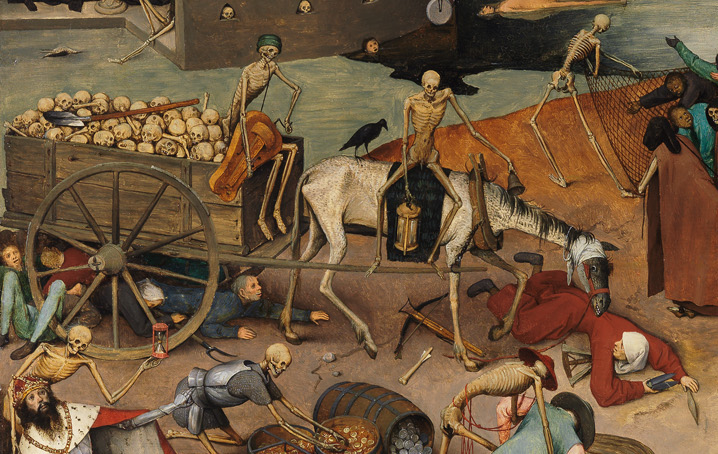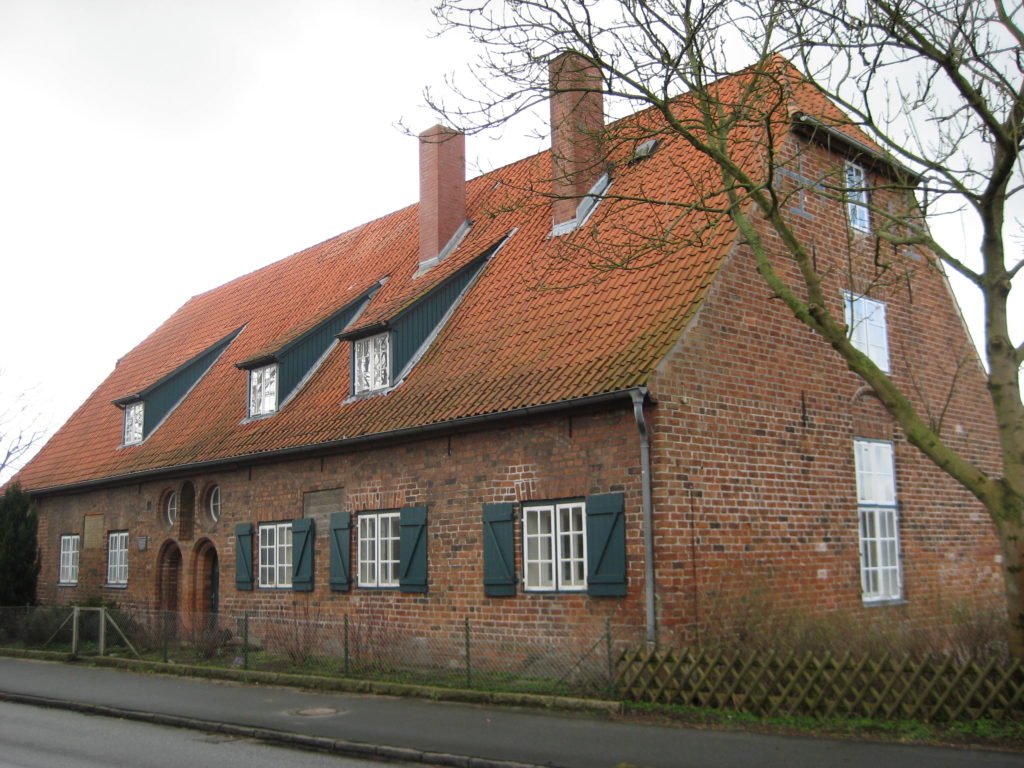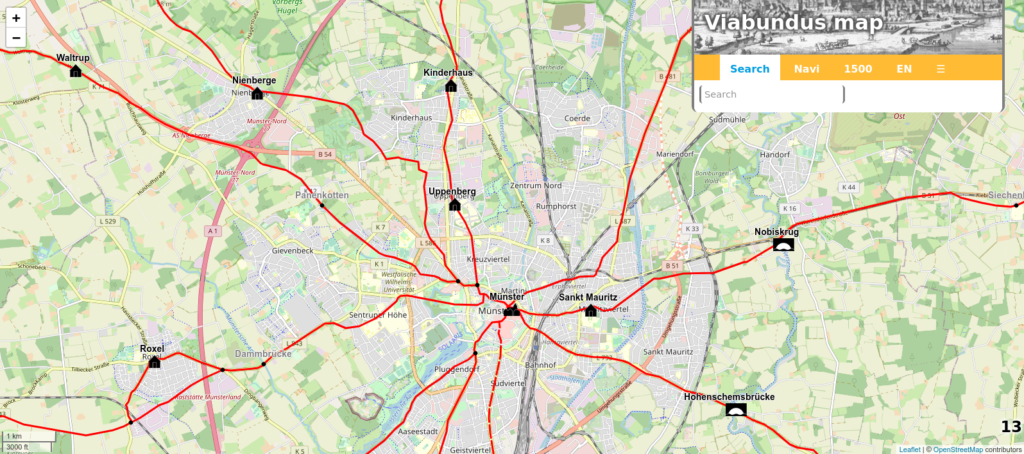During the current pandemic, it has become clear that viruses are spread all the more quickly by human movement. Among the first measures taken to stop the spread of the Corona virus were travel restrictions, eventually resulting in the lockdown of entire countries. Interestingly, the reaction of governments to epidemics has many parallels in pre-modern times. Despite the modern advances in medical knowledge, the basic factors are still the same: human contact, especially combined with frequent long-distance travel connections, significantly stimulates the spread of diseases. Although pre-modern authorities did not understand the mechanisms behind infections well, it was clear that social distancing and travel restrictions greatly reduced the chance that diseases would spread. Not for nothing the term quarantaine is derived from a medieval measure first taken in Venice during the Black Death, where merchant ships arriving to the city that were suspected of being plague-infected would have to wait 40 days (Italian: quaranta giorni) in isolation before being allowed to enter the city.

Travelling and the spread of diseases are therefore intrinsically connected. It is not surprising that the Black Death reached Europe in 1347 by way of a merchant ship, and subsequently spread via the main trade routes on the continent. Due to the slow mode of medieval travelling, which took place by foot, horse or sailing ship, the plague bacteria spread relatively slowly: it took a couple of years before most of the continent was affected, reaching remote locations such as Iceland only in the early 15th century.
Besides forcing foreign visitors into quarantaine, during pestilences authorities resorted to other measures to keep the spread of the disease under control, which are familiar to the current situation, such as cancelling large events. For example, during a wave of the plague at the end of the 16th century, the Lüneburg town council sent out letters to neigbouring towns that the fair on St Michael’s day (29 September) 1597 was cancelled. The next year, they also had to cancel the Spring market. The fairs in Lüneburg were cancelled in other years because of the plague as well, such as in 1599, 1604 and 1609.
In many other instances, town authorities tried to limit contact between infectuous persons. In a 1473 town ordinance from Leuven, for example, housemates of sick persons had to stay inside for 14 days, and doors and windows had to remain closed. These measures were reinforced with penalties for people breaking the rules. In the spring of 1509, the Leiden town council had to issue extraordinary measures to stop people from going out to the market during a renewed wave of the plague. And for the town of Braunschweig, it is known that from 1657, the guardsmen at the town gates were specifically instructed about who was to be offered entrance to the town in times of epidemics. Later versions of the ordinances even included the rule that foreign visitors were only to be allowed entry at the gates if they could prove that they had not been in a plague-infested region within the last 40 days.
A final measure that towns took to limit the spread of a disease was the isolation of sick people and/or the members of their households in separate plague houses, which were erected outside the town walls. European towns had had experience with the construction of such houses since antiquity to control the spread of another widespread infectuous disease: leprosy. Leper colonies could be found since the high Middle Ages at the outskirts of almost every larger town. At times, these institutions were also used as hospitals for other sick people, pilgrim’s hospices or accommodation for the poor, combining the seven Christian acts of virtue.
Mostly, leper houses and other types of hospitals were religious foundations that depended for a large part on the donation of alms. For this reason they were often built along the main roads leading towards town, to attract almsgiving by travellers, although outside of town to limit the contact with the population. This slightly paradoxical situation, however, is a great help for the reconstruction of the pre-modern road system: the location of these hospitals can be used as indicators for the main roads leading out of the towns.

On the Viabundus map, many leper houses and other hospitals have therefore been included as important waypoints in the pre-modern road system. To name just a few examples: the leper house east of Dassow on the road between Lübeck and Wismar was founded in the 13th century, and later accommodated poor people as well; the hospital of St George near Gronau south of Lübeck on the street to Lüneburg was founded by Lübeck citizens in the 1280s and is still extant in its 1480 state; and the Melaten manor on the road between Aachen and Maastricht was already founded as a leper colony west of Aachen in the 8th century. Finally, the leper house Kinderhaus north of Münster on the road towards East Frisia was founded shortly after 1326 by Udo von der Tinnen. Since 1986, it houses a museum dedicated to the history of leprosy.

Links and further reading
Malte de Vries, “Alltag und städtisches Leben in Zeiten der Pest: Das Beispiel Braunschweig”, Digitale Vorlesungsreihe “Resilienzen – Über den Umgang des Menschen mit Pandemien und anderen Katastrophen in der Geschichte”, Georg-August-Universität Göttingen, 12 June 2020 https://youtu.be/gvWHGiGHqM4?list=PLgoiCMgV-zrcnrrYsoaxxD10d8h4Mgg2F
Claire Weeda, “In quarantaine”, Madoc 34:3 (2020), 52-54.
https://www.facebook.com/stadtarchiv.hannover/posts/949024112216590